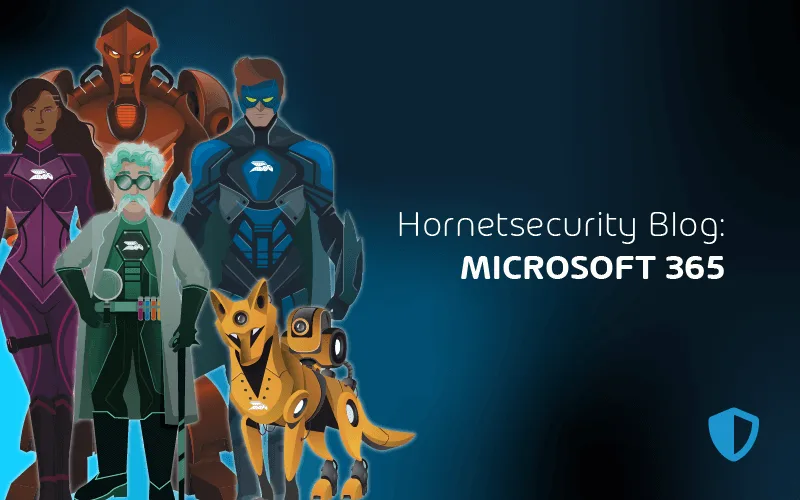Security Operations Center (SOC) teams are under more pressure than ever - managing constant alerts,…
Recent cyberattacks have disrupted major retailers like Marks & Spencer and Dior and led to…
Enriched by AI Cyber Assistant, the new 365 Total Protection Plan 4 is the ultimate…
Criminals are always looking for new ways to attack your users, and finding a new…
Sophisticated cybercriminals exploit this limitation by creating slightly modified visual representations that can slip past…
In this article you’ll get an introduction to Proxmox, the powerful open-source virtualization platform, how…
Cloud adoption has made the overall field of Governance, Risk management and Compliance (GRC) more…
As a critical tool for businesses, cyber-attacks via email pose a continued and significant threat,…
Hornetsecurity will leverage Proofpoint’s capabilities to extend its reach globally with unique cloud security solutions…


